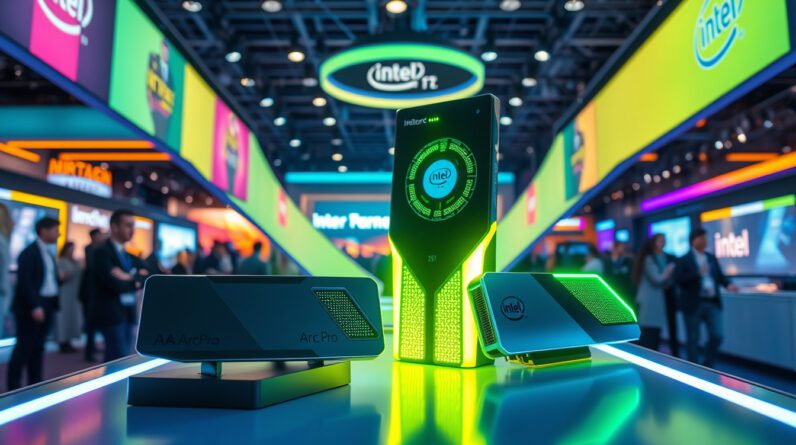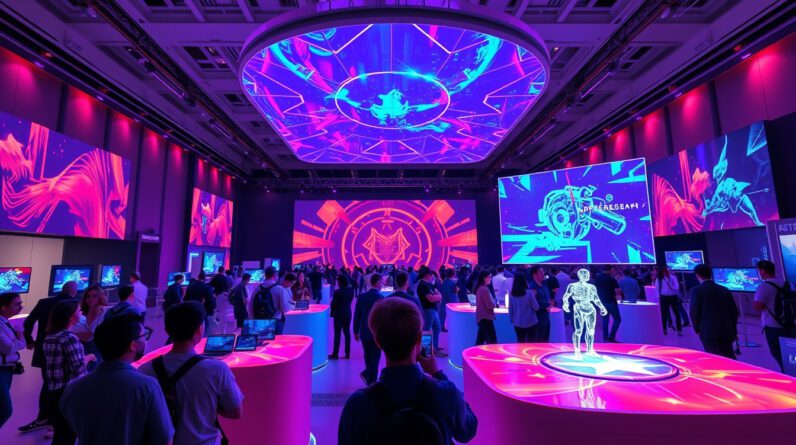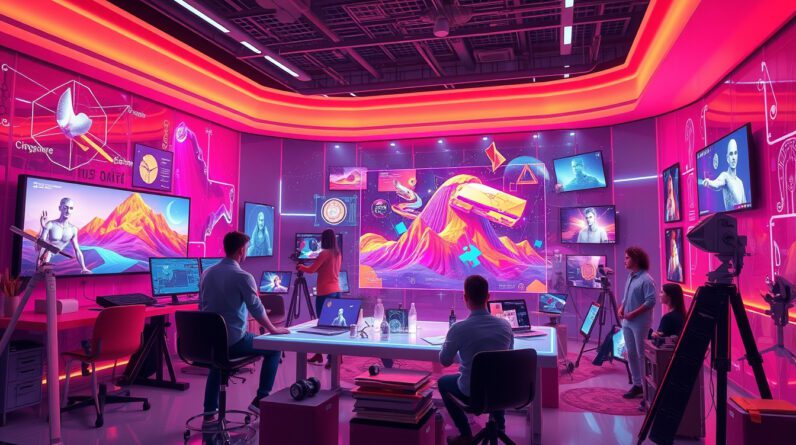
In an era where artificial intelligence (AI) is transforming industries, Intel has taken a significant step forward by unveiling its Arc Pro B50 and B60 GPUs at Computex
2025. These additions to Intel’s Arc Pro lineup are engineered to address growing demands for advanced AI inference tasks and high-performance graphics in workstation environments. With impressive specifications including up to 24GB of VRAM and groundbreaking performance metrics, the B50 and B60 GPUs are set to redefine the capabilities of professional graphics hardware. This article delves into the details of both GPUs, their architectural advancements, and Intel’s innovative Project Battle Matrix designed to streamline AI workloads.

Takeaways
- Intel’s Arc Pro B50 and B60 GPUs are specifically engineered for advanced AI inference and high-performance graphics tasks.
- The Arc Pro B50 and B60 deliver significant performance improvements over previous models and competitors, making them attractive for workstation markets.
- Project Battle Matrix allows integration of multiple Arc Pro GPUs to handle complex AI models, aiming to facilitate accessibility in AI research.
Overview of Intel’s Arc Pro B50 and B60 GPUs
As the world of graphics processing evolves, Intel has stepped up its game with the introduction of the Arc Pro B50 and B60 GPUs showcased at Computex
2025. Designed to meet the growing demands of advanced AI inference and high-performance workstation graphics, these GPUs bring exceptional capabilities to professionals in the tech and creative industries. The Arc Pro B50 caters to entry-level and mainstream markets, boasting 16GB of VRAM and 128 XMX Engines that provide an impressive 170 TOPS for AI tasks. Intel highlights this model’s groundbreaking performance enhancements, claiming it offers a
2.3x increase in performance and a
2.4x boost in efficiency compared to its predecessor, the A50. Notably, the B50 also outpaces the NVIDIA RTX A4000 by over 50% at an attractive price point of $299.
In contrast, the Arc Pro B60 is geared towards more intensive AI model applications, equipped with 24GB of VRAM and achieving 197 TOPS. It supports multi-GPU configurations, allowing for substantial memory capacity to manage complex AI processes efficiently. Further bolstering its capabilities, Intel announces the upcoming introduction of features such as SR-IOV and advanced management tools by the end of
2025.
In a bid to streamline workflows for AI workloads, Intel is initiating ‘Project Battle Matrix,’ a system that allows the integration of up to eight Arc Pro GPUs in one machine. This robust configuration is capable of processing AI models with up to 70 billion parameters utilizing a PCIe Gen 5 Xeon platform, propelling computational abilities to new heights. Moreover, Intel’s roadmap includes significant software advancements with foundational drivers expected soon, followed by containerized solutions intended to bolster performance and management of large models. The B60 GPU is anticipated to be priced around $500, with complete systems ranging between $5,000 and $10,000. With this groundbreaking development, Intel is poised to democratize access to high-VRAM systems that facilitate AI research and workloads, marking a pivotal moment for professionals seeking robust graphics solutions.
Project Battle Matrix: Enhancing AI Workloads
The introduction of Project Battle Matrix by Intel represents a fundamental shift in how AI workloads can be managed and executed in high-performance computing environments. By allowing up to eight Arc Pro GPUs to be integrated into a single machine, this initiative provides unprecedented scalability to handle the extensive computational needs of modern AI models. The ability to effectively process models with 70 billion parameters will enable researchers and developers to tackle more sophisticated AI challenges than ever before. Coupled with the promise of software enhancements and management tools, Intel not only supports the technical needs of its users but also paves the way for streamlined workflows and improved productivity in AI research. This holistic approach underscores Intel’s commitment to providing powerful solutions that cater to the growing demands of AI development across various industries.




